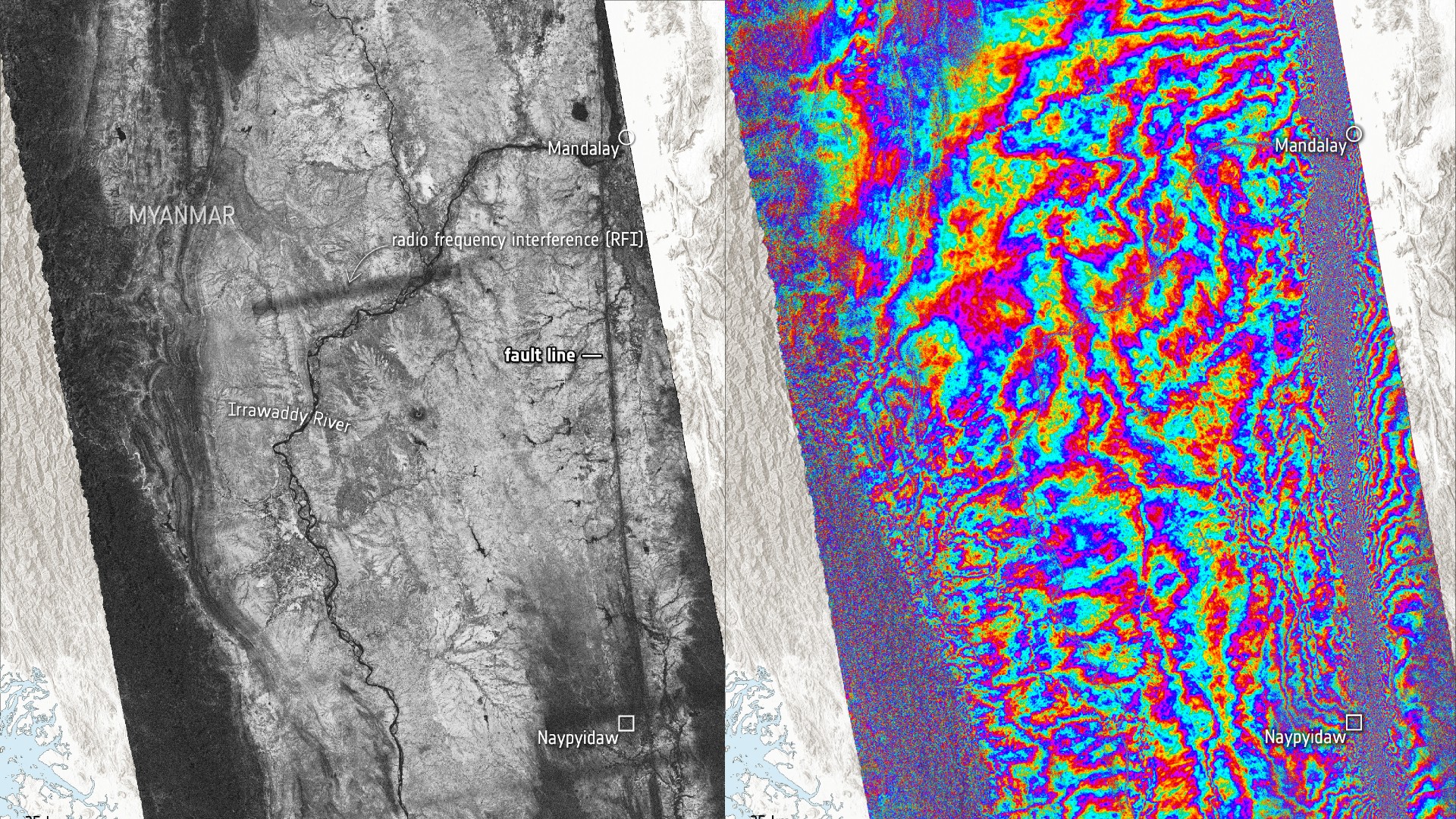Comets, supermoon, northern lights, oh my! Amazing photos of the celestial Halloween treats of October 2024
A geomagnetic storm, the largest supermoon of the year, a comet and an eerie fireball were among the skywatching treats that haunted the night sky of October 2024.
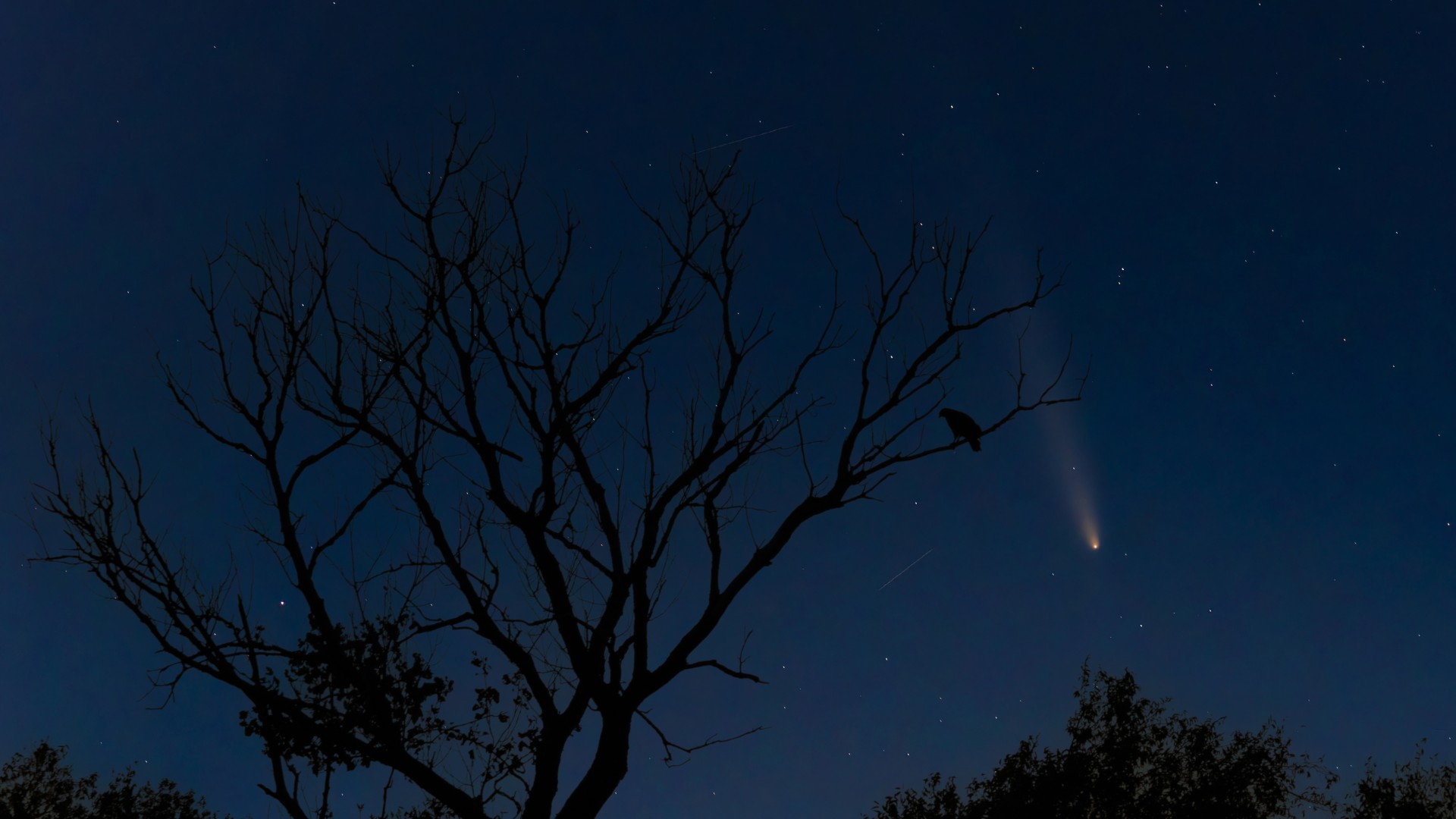
October 2024 was quite the treat for skywatchers.
Many rare events occurred this month in the skies, leading to some gorgeous astrophotography. October 2024 saw an annular solar eclipse above the moai statues of Easter Island, a powerful geomagnetic storm that filled the skies with eerie colors, a ghostly comet visible to the naked eye, another comet vanishing as it flew into the sun, the largest supermoon of the year and more.
Check out our gallery below for a look at the best celestial treats of this year's Halloween season.
On Oct. 2, an annular solar eclipse was visible for many parts of the Pacific Ocean, southern Chile and southern Argentina. During the event, the moon passed in front of the sun while close enough to Earth to leave a dazzling "ring of fire" in the sky.
Photographer Josh Dury caught the annular solar eclipse hanging in the sky above one of the storied moai of Easter Island like a ghostly eye staring down at Earth.
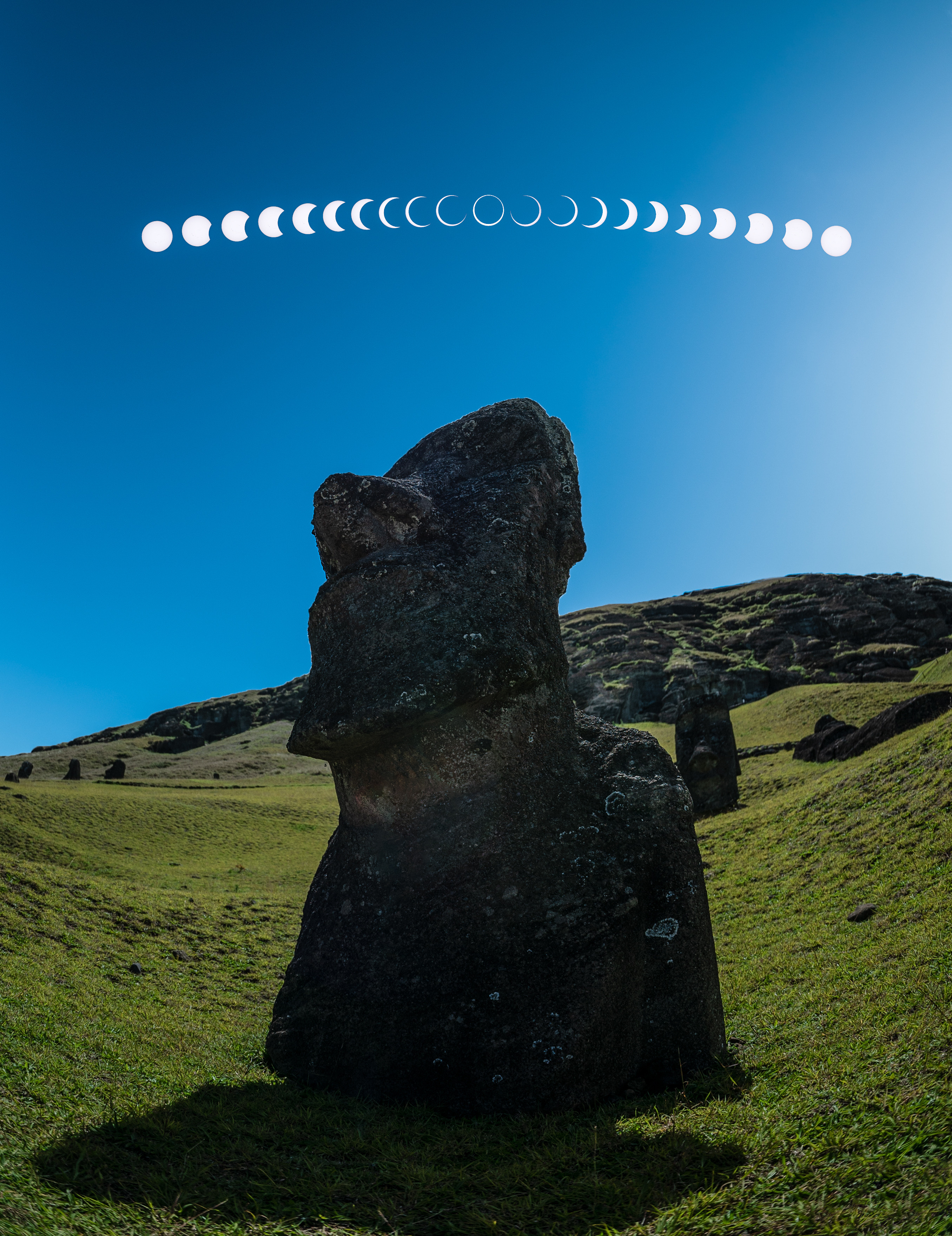
Later in the month on Oct. 10, a powerful geomagnetic storm created colorful auroras that turned the sky into an uncanny light show of reds, purples and greens.
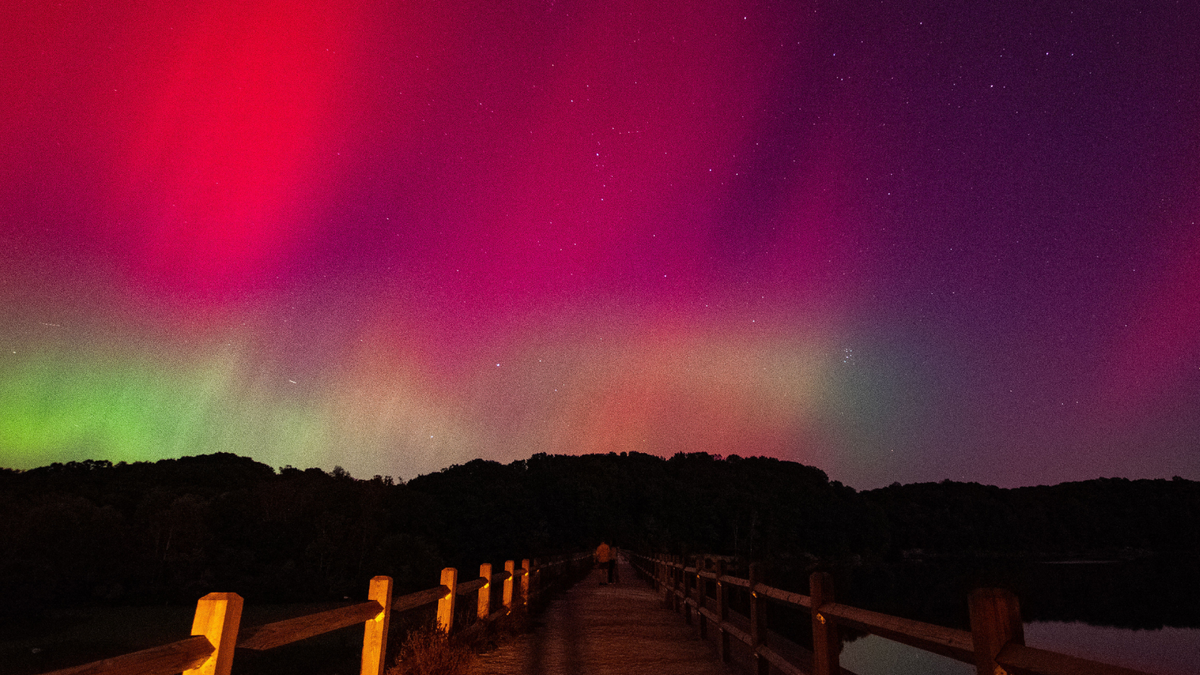
Space.com's own Josh Dinner captured the spooky hues of the aurora over Griffey Lake in Bloomington, Indiana.
Get the Space.com Newsletter
Breaking space news, the latest updates on rocket launches, skywatching events and more!
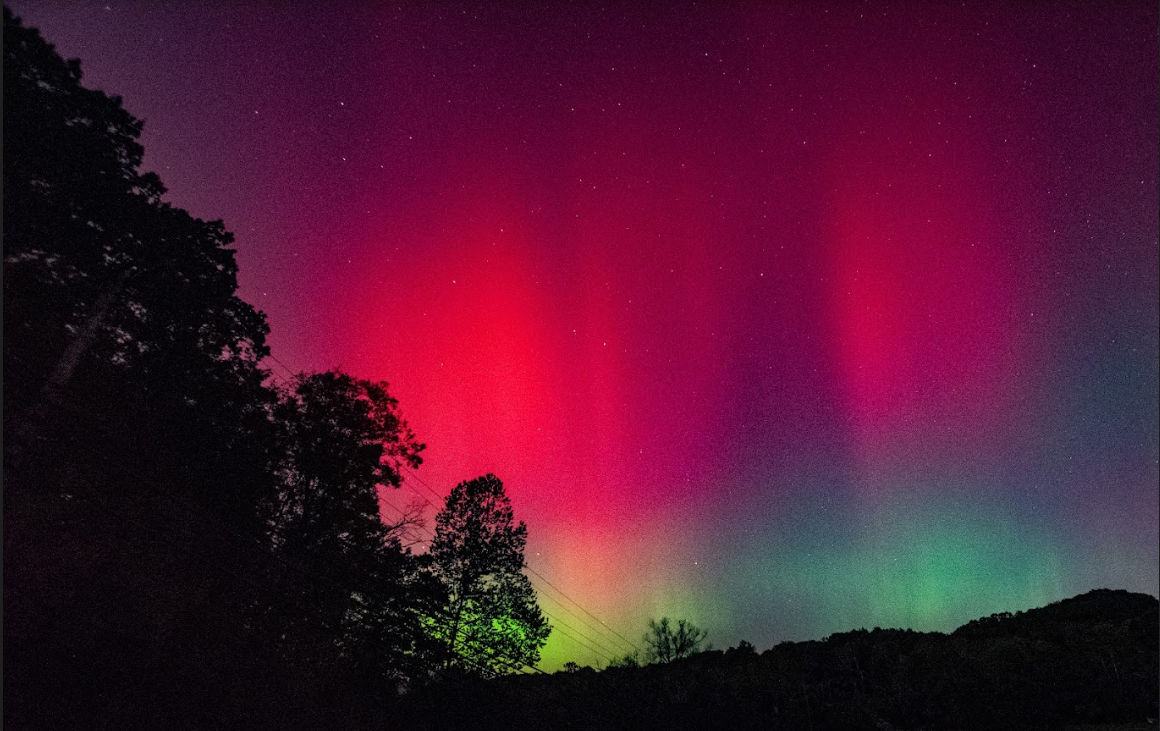
A week later on Oct. 17, the Full Hunter's Moon lit up the sky like an unearthly phantom.
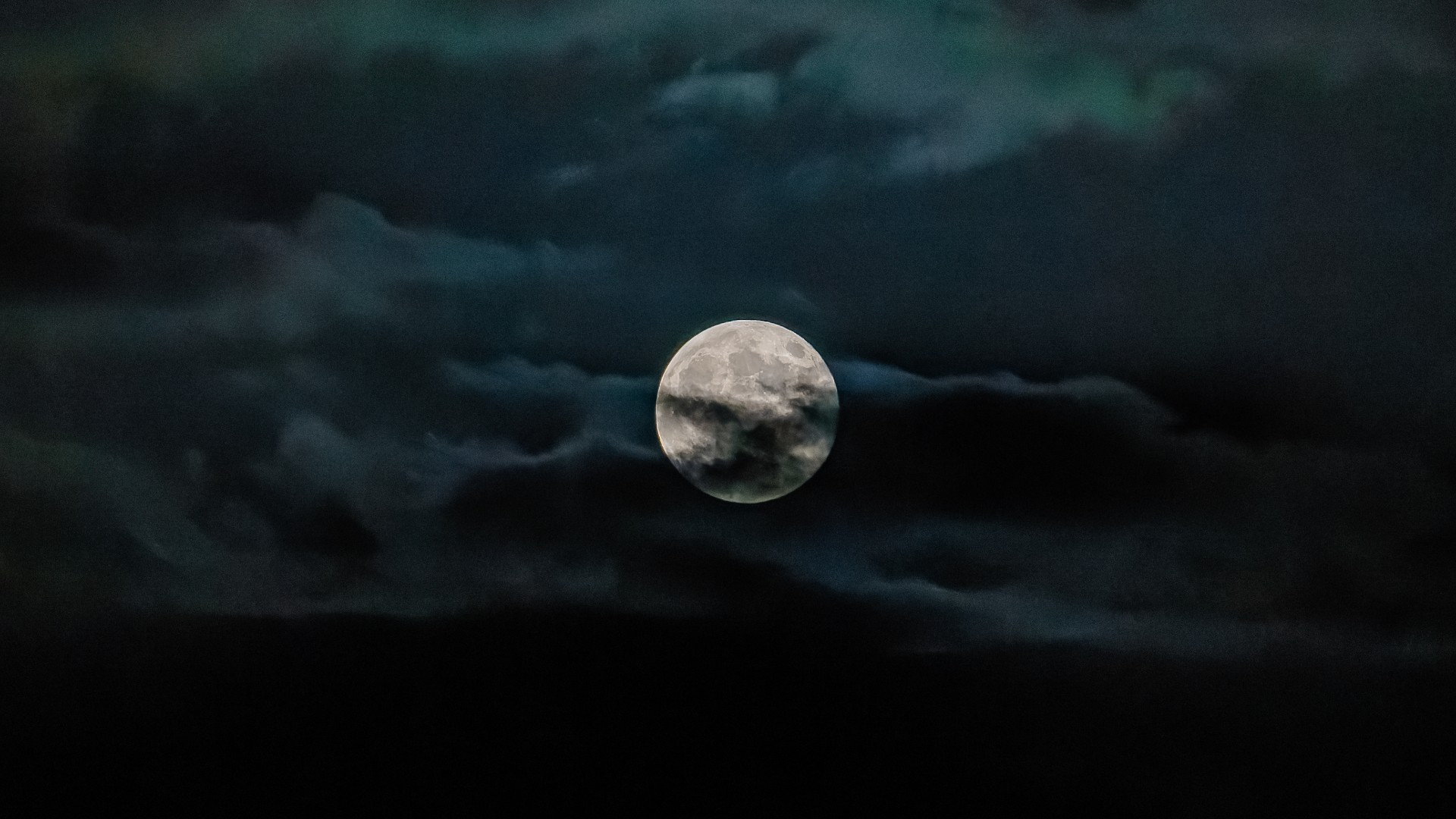
The Hunter's Moon was the largest supermoon of the year due to its proximity to Earth during its full moon phase.
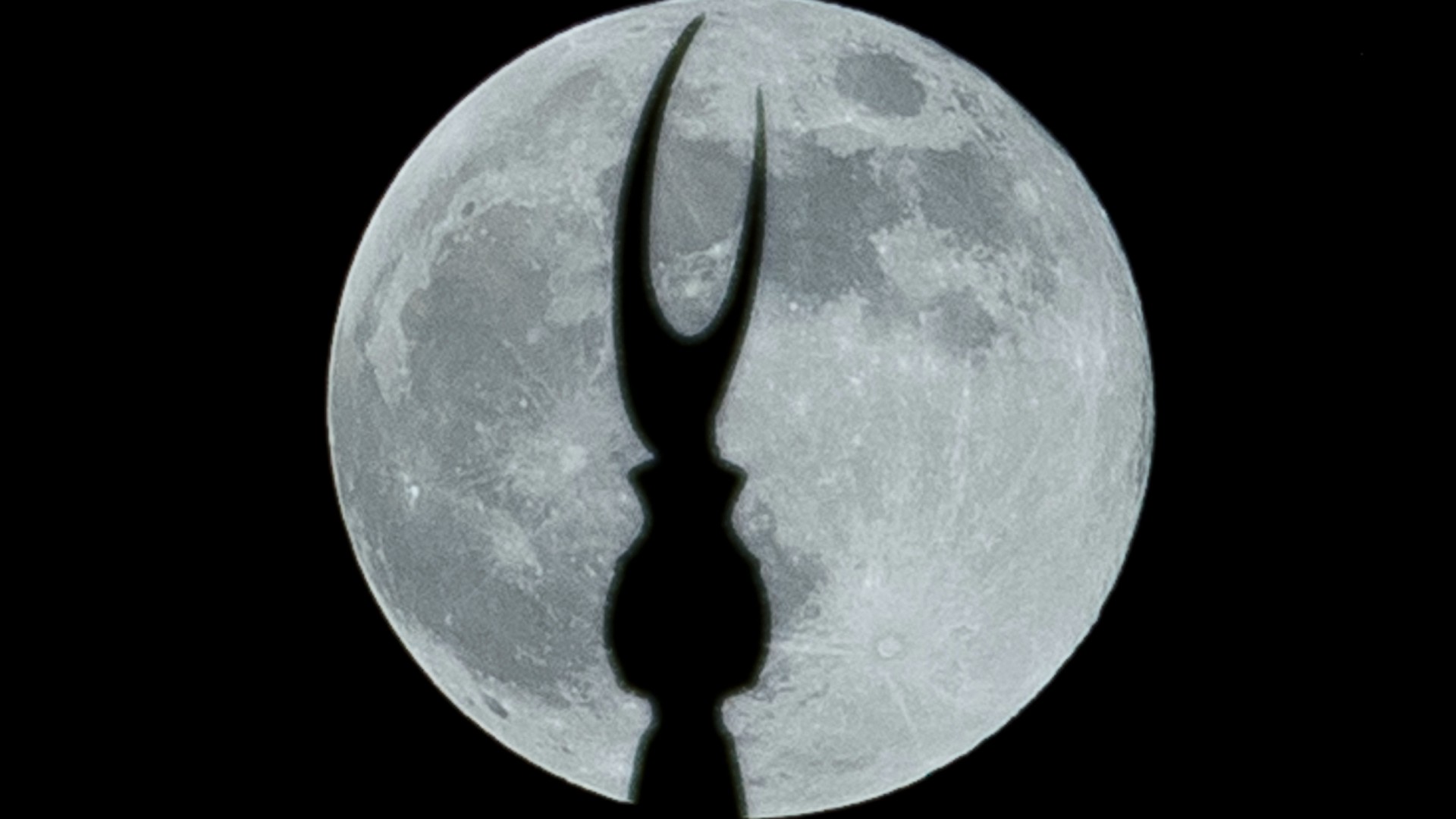
This year's Halloween season saw another ghostly visitor to the night sky: comet C/2023 A3 (Tsuchinshan-ATLAS). This icy visitor from the outer solar system put on a frightfully good show for photographers throughout the month.
Photographer Raghuvamsh Chavali caught the comet hanging in the sky beside the uncanny glow of the Milky Way near Turner Falls, Oklahoma on Oct. 19.
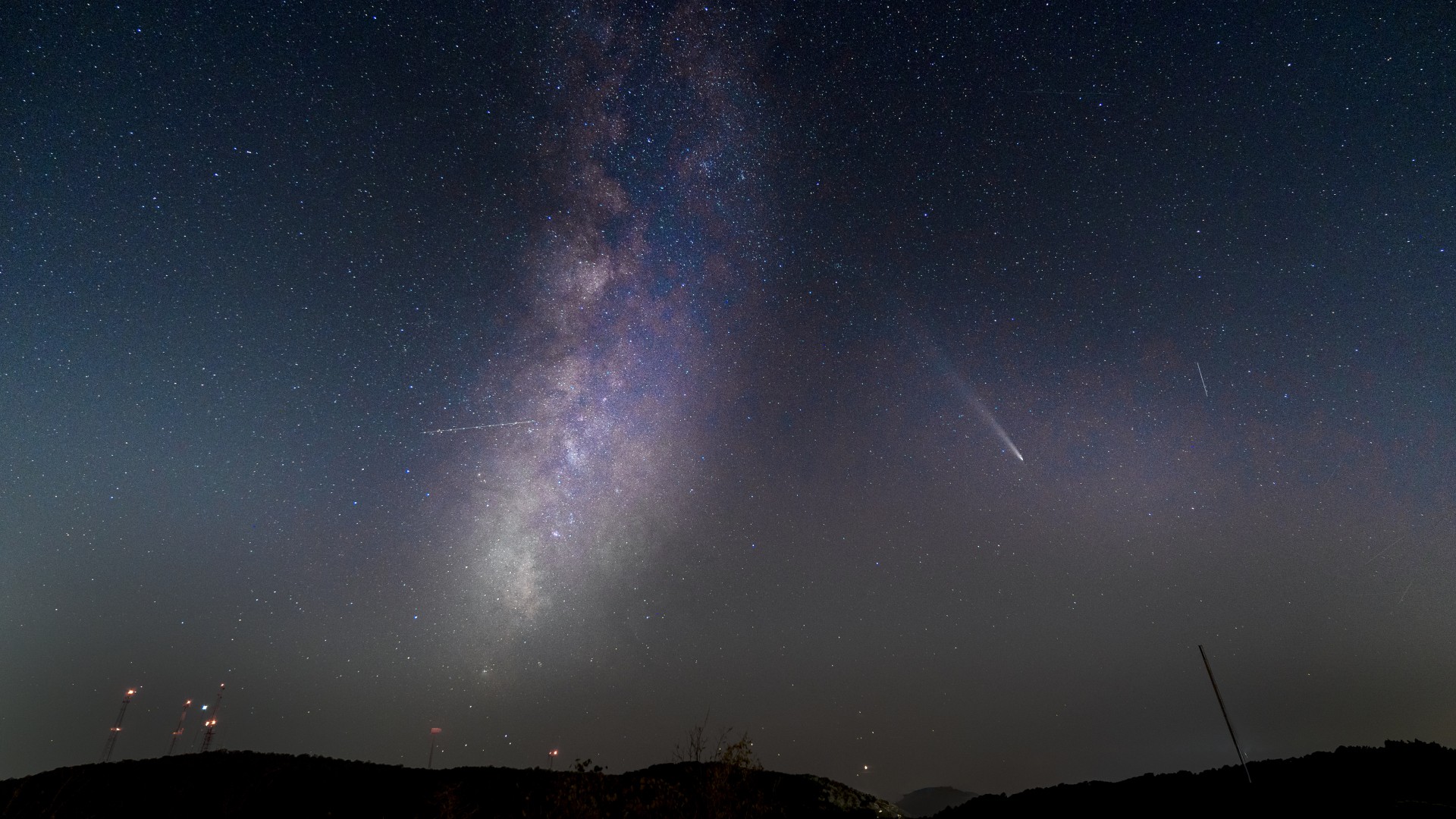
Space.com's Josh Dinner caught the comet shining near Bloomington, Indiana on Oct. 16, hanging in the sky above a barn like the spooky visitor from outer space it is.
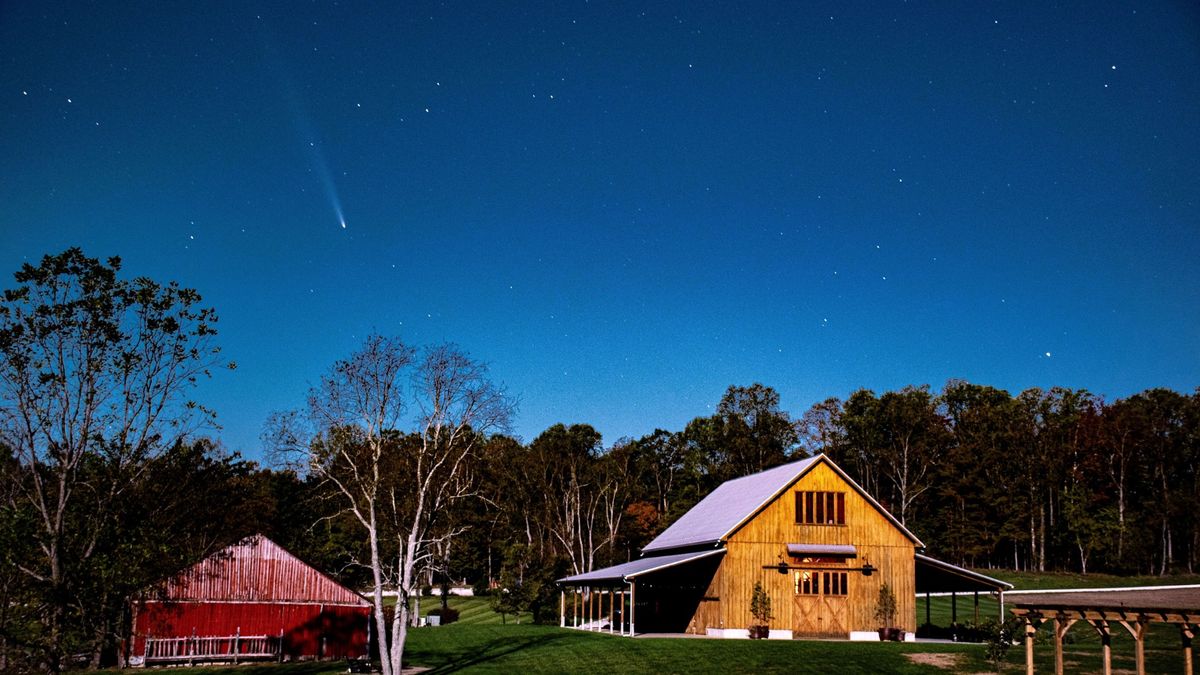
Later in the month, another comet met a fiery end as it disintegrated when it flew too close to the sun. Some had hoped the comet would be visible in time to become a "Halloween comet," but a sun-watching spacecraft caught the comet's demise on camera when it evaporated on Oct. 28, 2024.
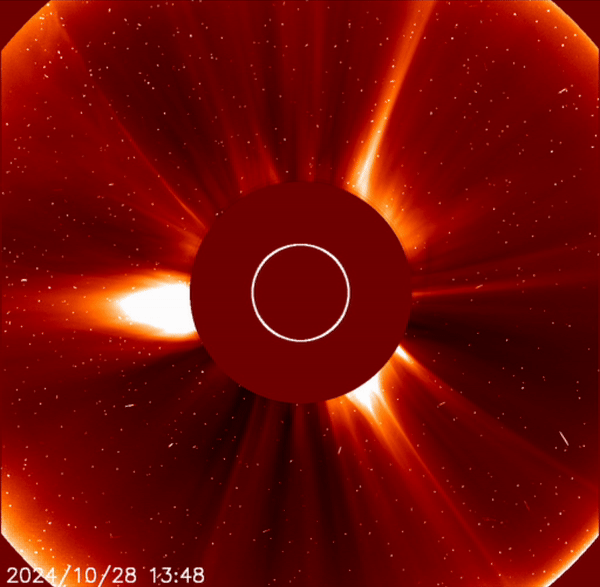
To end the Halloween season, the sky treated us with a visitor above an appropriately named landmark: a fireball over Lake Erie.
Over 550 witnesses caught the apparition in the sky, which occurred on the evening of Oct. 21, 2024.
Bright fireball just after sunset witnessed by many in S. Ontario and OH/PA. Meteor occurred entirely over Lake Erie, ending near 30 km altitude N. of Ashtabula, OH dropping meteorites into lake. Video from several @westernu meteor network caught the event in bright twilight. pic.twitter.com/v4DoVhiNetOctober 22, 2024
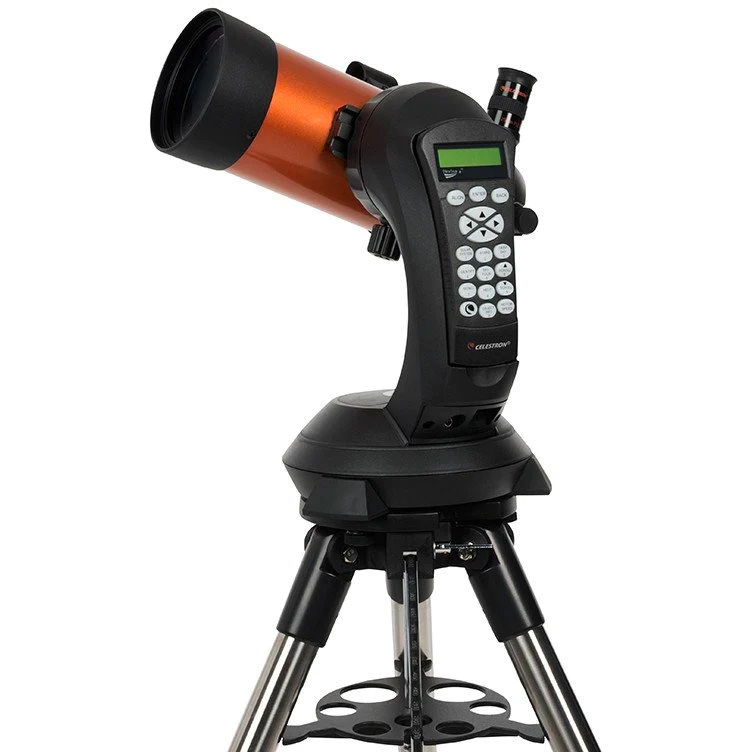
Want to see otherworldly sights in the night sky? The Celestron NexStar 4SE is ideal for beginners wanting quality, reliable and quick views of celestial objects. For a more in-depth look at our Celestron NexStar 4SE review.
Want to catch the next spooky visitor to our night sky? Check out our guides on our best telescopes for beginners or the best binoculars to find the gear you need to see the next visitor from outer space speed past our planet.
And don't miss our guide to the night sky for tonight, updated daily with what you need to know to catch celestial spectacles such as these in any season.
Happy Halloween!
Join our Space Forums to keep talking space on the latest missions, night sky and more! And if you have a news tip, correction or comment, let us know at: community@space.com.

Brett is curious about emerging aerospace technologies, alternative launch concepts, military space developments and uncrewed aircraft systems. Brett's work has appeared on Scientific American, The War Zone, Popular Science, the History Channel, Science Discovery and more. Brett has English degrees from Clemson University and the University of North Carolina at Charlotte. In his free time, Brett enjoys skywatching throughout the dark skies of the Appalachian mountains.

